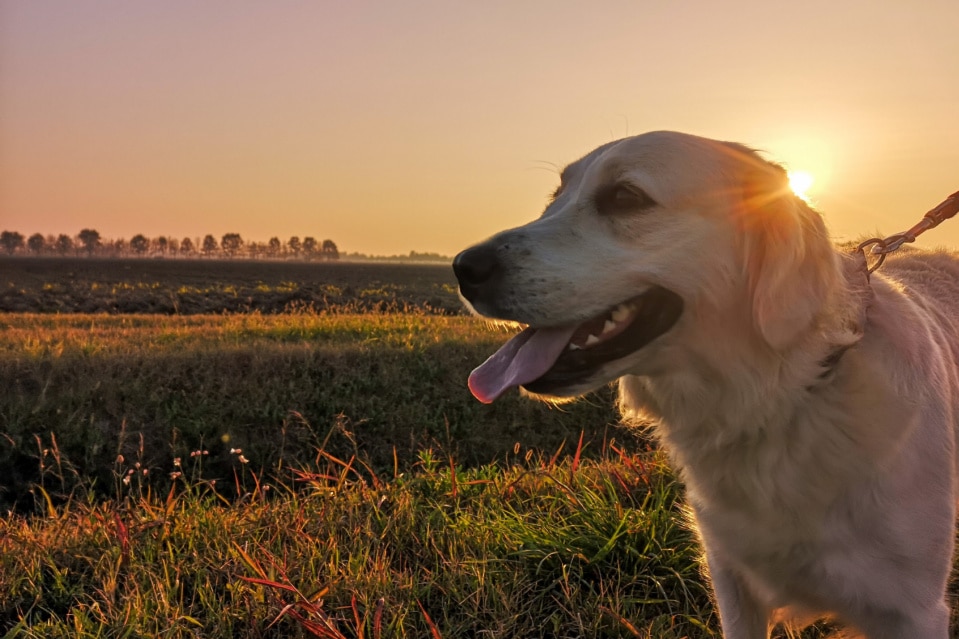If you’re thinking about getting a Labrador Retriever or you already own one and want to know more about them, keep on reading!
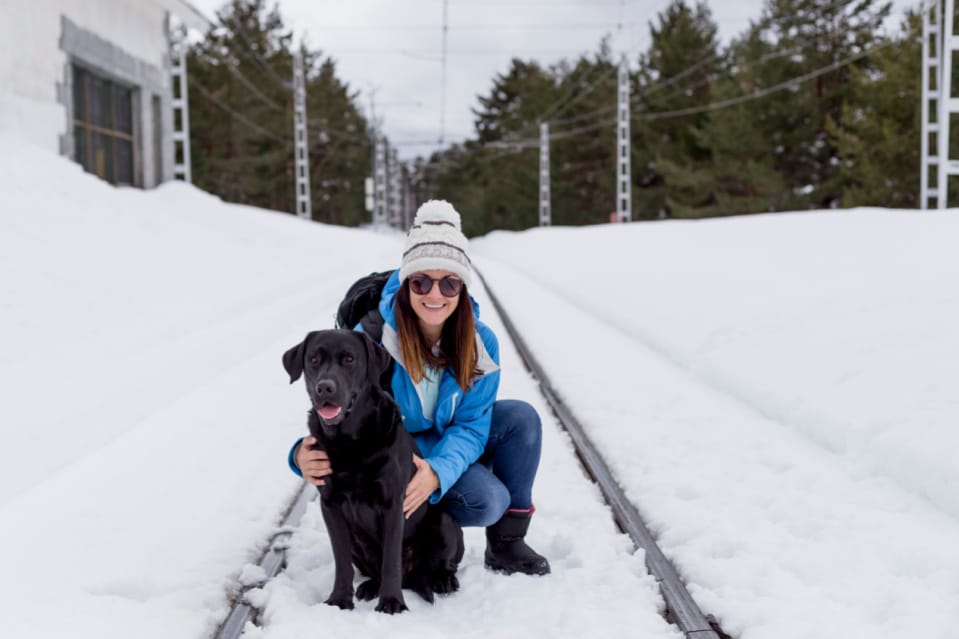
Labrador Retriever is one of the most known dog breeds around the world. Almost everyone can spot a Lab on the street, from photographers to children. These breeds get along with children and other dogs extremely well, and they have a great physical form. They were first recognized in the early 1800s around the areas of Canada and North America. To which people used to call them “St John’s” dogs.
They are breed a selected for their impressive retriever abilities, especially in water. That’s how they started to become a very well-known and much-needed breed for being a great pair to every man’s job.
Labrador Retriever has been around for a long time and has acquired incredible skills over the years and owners information about them. Such as their tendency to bark or drool. How much exercise they need daily and certain aspects common in almost all Labs. Such as weight gain and possible sadness over being left alone for a long period.
If you’re looking to know more facts and traits about this breed. Below you can find an informative article with every detail you need to know.
General Breed Characteristics
Before diving into the very details of a Labs’ size there are a few important considerations to make about the breed. If you’re thinking about getting a puppy.

According to a useful chart published by Dog Time, Labradors are relatively good for novice owners, with a 3-star recommendation. This is because Labs are an extremely sensible breed that needs constant attention and proper care. They can tolerate both hot and cold weather pretty well and two of the most important facts about Labradors you need to know is that they do not tolerate being alone and they’re not adaptive to living in apartments.
When it comes to adaptability with other people, Labs are extremely affectionate with family, kids, other dogs, and strangers. Labrador Retriever require a huge amount of shedding but they are very easy to groom. Furthermore, they have a sort of low potential to drool as well as their general health considerations; they are a breed very likely to gain weight and have a big size.
For trainability, Labradors are known for being massively easy to train thus very intelligent breed. They have a relatively low tendency to bark or howl but they are not animals to be afraid of. Lastly, for their physical needs, these following considerations must taken seriously and responsibly to ensure the wellbeing of any Lab. They have high energy levels and are known for their intensity and their constant need for exercise (they are a playful breed).
When Do Labs Stop Growing?
Each Lab is unique, and though there’s no real scientific evidence on when puppy Labradors stop growing. There are evidential facts that can used as reference. Vets and breeders have noticed over the years that Labs tend to finish their growth process by their second birthday. But the majority of their growing stages completed around the nine months of birth. There are some Labs that up until the age of two they are still growing a bit.
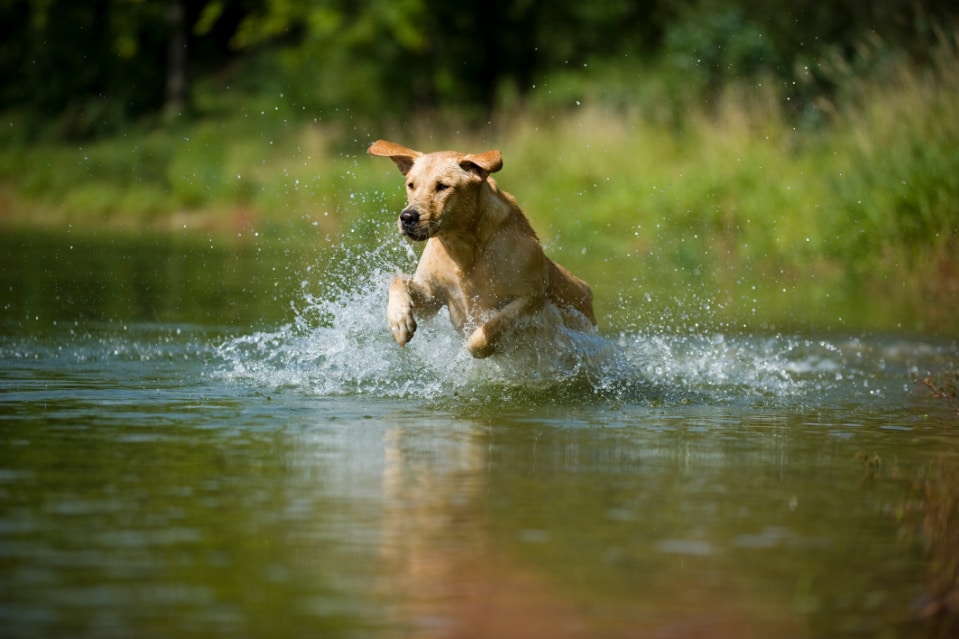
As stated at the beginning, each Labrador is one-of-a-kind, so don’t feel concerned if your puppy doesn’t meet these expectations. As long as there’s no medical condition impeding your dog’s growth, everything is fine.
How Fast Do Labradors Grow?
Labradors tend to grow relatively fast in size and weight, with a general trait of growing quickly. In their first month after you bring them home. Which is about 8 or 9 weeks old and notably changing their size.
At six months they should roughly weigh 40 to 55 pounds. With female Labs weighing a bit less compared to males.
Labradors Are Medium-Sized Dogs
Labradors fit into the medium-sized dog category, with male Labs reaching a maximum height of 24 inches and their weight can vary from 85 to 55 pounds (for smaller females), according to the American Kennel Club. They have a broad head and large expressive eyes with drop ears, as well as a thick and sturdy tail, and their color can range from almost white, to yellow or red, chocolate and black.
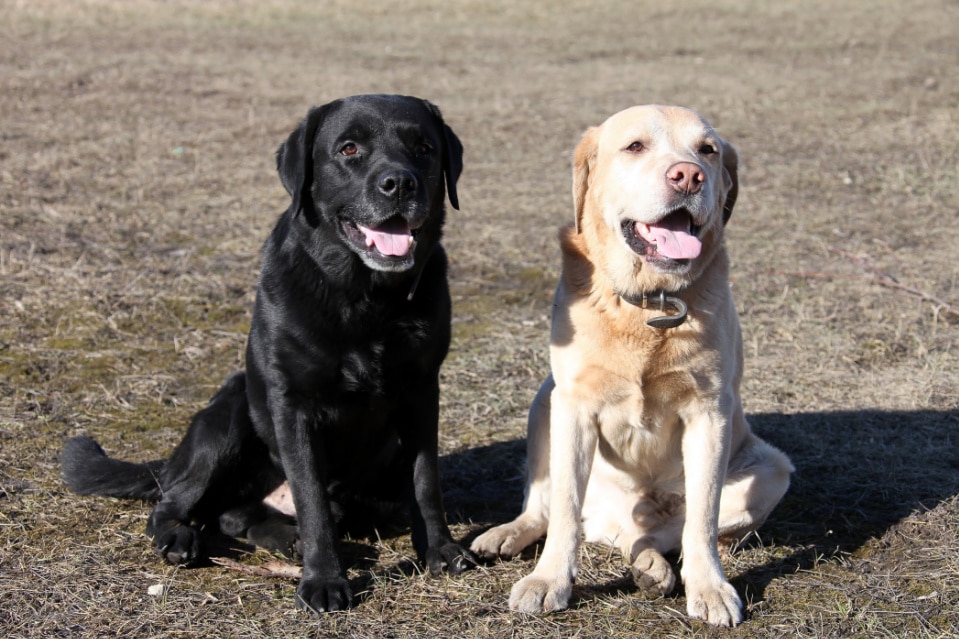
Labs are almost all grown by their first birthday in terms of height and weight, although larger Labradors might extend their growing period until roughly 18 months of age, instead of 12.
The Bottom Line
Labradors are a great breed to acquire. They have incredible skills and are very easy to train, causing no trouble. They have a tendency for gaining weight but many articles are informing about the topic as well as professionals that can help with this to look after your dog’s health. Labs are great companions and get along with families, including children, other dogs, and even strangers.
One of the most important things to consider if you’re thinking about getting a Lab is your time availability, thus Labradors need constant vigorous exercise (about 40 minutes up to an hour and a half, depending on the age of the puppy), and don’t like spending much time alone.
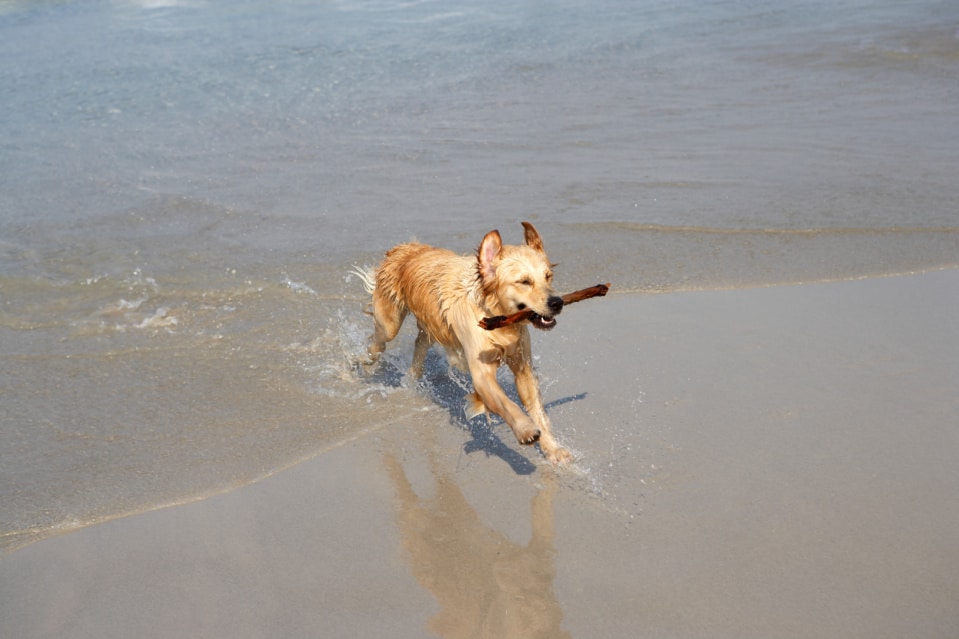
They are extremely loyal and caring animals that will always light up your day and be by your side. Having in mind these breed traits and facts will ensure a great and healthy growth process as well as optimal well-being. Every Lab owner has expressed their gratitude and contentment towards the breed and how happy they are of owning a Lab, which has made their lives more fun and exciting.

